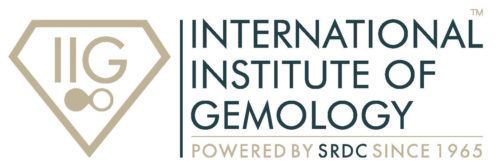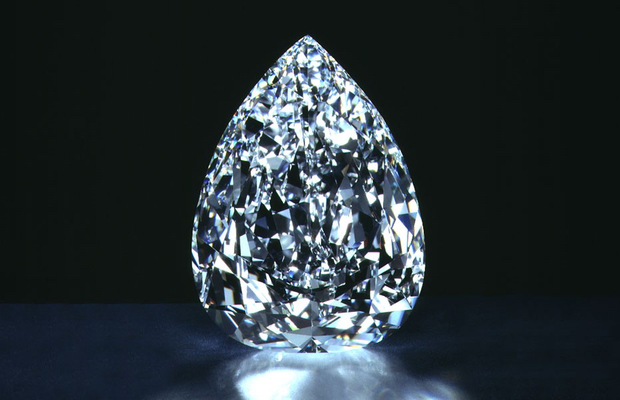|
Getting your Trinity Audio player ready...
|
Are you sure that the diamond ring you just bought is worth the money you paid? What if the jeweller cheated you by handing you a poor quality diamond? When it comes to purchasing diamonds online or at a physical store, most people are clueless about the things to look out for and how to protect themselves from making a bad purchase. And to be honest, you really can’t blame them. The thing is, purchasing a diamond isn’t something you would do on a regular basis unless there’s a special occasion coming up. Chances are, you ended up reading this blog article while researching for diamonds for that very special occasion.

So what do you do now?
Well, here we have a short guide that will turn you into a diamond wizard and save you from the hassle of getting cheated by buying that perfect diamond jewellery!
Choose Your Carat Weight Range
So before you start the process of buying a diamond, ask yourself how much are you willing to spend on a diamond? To be honest, carat weight has the greatest effect on the price since it determines how big the diamond actually is. Larger is not always better so make sure you think hard before you shell out a big chunk of money.
Choose Your Diamond Shape
The most commonly sold diamond shape is round brilliant. Coincidently, it is also the most expensive one of them all. The fancy shapes cost less since they’re usually less in demand. So make sure you put in good enough of research if this is going to be a gift.

Choose The Cut Quality
Now that you know about the shape and size, let’s talk about quality control. Choosing a cut quality can be tricky, however, since cut grades are not standardized at all across the different vendors. Some vendors only offer a cut grade on their round diamonds and base them on the certificate’s cut grade.
Our advice for cut grade is this: If you are looking for a round brilliant diamond, only search for “Ideal/Excellent” grade diamonds. If you are searching for a fancy shape, however, then it might pay to either include “Premium” or to disregard the cut grade altogether.
This is not to say that cut grade is not important – on the contrary, it’s of utmost importance. It’s simply saying that many vendors don’t correctly report fancy shape cut grades, so why filter out many results from your search which might be great choices.
Choose Your Ideal Color Grade
A diamond’s color has a big impact on its price and appearance. It is important to remember that different shapes reflect the color at different strengths, so your choice of optimal color, balancing the diamond’s appearance with the diamond’s price, will depend greatly on what diamond shape you’ve chosen.
When looking at a range of diamonds, it’s important to pay close attention to a diamond’s coloring. In addition to the Color Grading Certification, be sure to review the diamond yourself or have an expert assist you to give you a better idea of its value instead of relying on your untrained eye.
When examining the diamonds, look for any noticeable tinting and note its interaction with both white light and colored light reflection.

Most importantly, ensure the diamond looks white in relation to its setting. The diamond you’re choosing should stand out as the bright, white focal piece of the jewelry. It is, after all, the most renowned part of the ring.
Based on diverse types of settings, here are our recommendations for diamond color based on diamond shape:
White Gold / Platinum Solitaire Ring
Round: H-J If you choose a grade higher than H, you’ll be paying for a feature you won’t be able to notice or appreciate with the naked eye.
Princess, Emerald, Asscher: G-I Grades.
All other Diamond Shapes: F-H Grades.
Yellow Gold Ring
Round: K-M Grades.
The yellow color of the gold is absorbed into the diamond’s color, so any grade higher than a K will look slightly yellowish anyway.
Princess, Emerald, Asscher: J-K Grades.
All other Diamond Shapes: I-J Grades.
Pave or Side-stone Settings
Round, Princess, Emerald, and Asscher: G-I Grades.
All Other Diamond Shapes: F-H Grades.
Halo Settings
All Diamond Shapes: F-H Grades.
Choose The Optimal Clarity Grade
Choosing a clarity grade can be a hassle because what may seem clean to the naked eye might just be on a lower quality side on the basis of clarity grades. If it’s any cleaner than that, it’s just going to cost you more money without giving you anything back in return. You’re better off buying the lowest possible clarity grade that is still clean to the naked eye and using the money you saved to either buy yourself a larger diamond or a diamond with a higher color.
Choose The Right Certificate
Lastly, it is important you check the certification given to the diamonds. Stick to the trusted diamond grading companies, so make sure you do your research before you buy it.
Now that you know all you need to know while buying diamonds we hope you do your research well and buy the perfect diamond for yourself!

